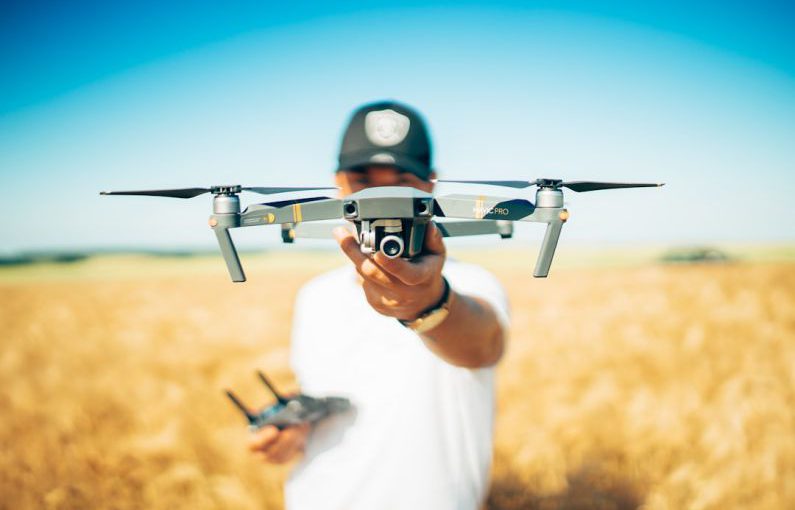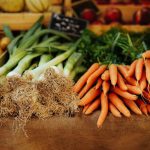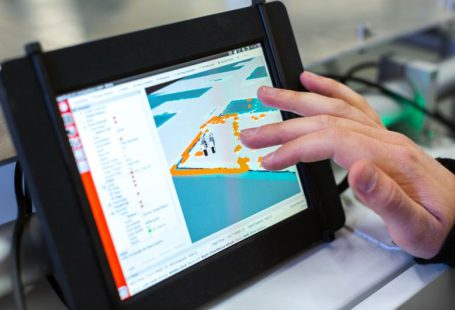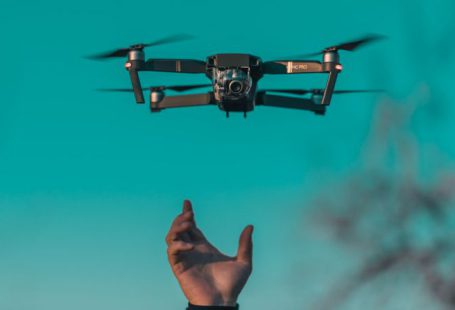Innovations in technology have revolutionized various industries, and agriculture is no exception. From the introduction of tractors to the development of genetically modified crops, the agricultural sector has continuously evolved to increase efficiency and productivity. One of the latest technological advancements making waves in the agricultural industry is the use of drones. These unmanned aerial vehicles are changing the way farmers approach crop management, offering a range of benefits that were previously unimaginable. Let’s delve into how drones are transforming agriculture from vision to plate.
Enhancing Crop Monitoring and Management
One of the primary ways drones are revolutionizing agriculture is through their ability to enhance crop monitoring and management. Equipped with high-resolution cameras and sensors, drones can capture detailed images of crops from above. This aerial perspective allows farmers to detect early signs of crop diseases, nutrient deficiencies, and pest infestations that may not be visible from the ground. By identifying these issues early on, farmers can take proactive measures to address them, ultimately improving crop yields and quality.
Precision Agriculture
Drones play a crucial role in the implementation of precision agriculture, a farming approach that utilizes technology to optimize input usage and maximize crop yields. By collecting data on soil conditions, plant health, and weather patterns, drones enable farmers to make informed decisions regarding irrigation, fertilization, and pesticide application. This targeted approach not only reduces the environmental impact of farming practices but also helps farmers save time and resources.
Efficient Crop Spraying
Traditionally, crop spraying has been a labor-intensive and time-consuming task that requires careful planning to ensure even coverage. With the advent of drone technology, the process of crop spraying has been revolutionized. Drones equipped with specialized spraying equipment can navigate fields with precision, applying fertilizers, pesticides, and herbicides with accuracy and efficiency. This not only reduces the risk of human exposure to harmful chemicals but also minimizes the amount of chemicals needed, leading to cost savings and environmental benefits.
Monitoring Crop Health in Real Time
In addition to capturing images of crops, drones can also provide real-time data on crop health through the use of multispectral and thermal imaging sensors. These sensors measure various aspects of plant health, such as chlorophyll levels, temperature, and water stress, allowing farmers to monitor crop conditions continuously. By analyzing this data, farmers can make timely decisions to address issues such as water stress or nutrient deficiencies, ultimately improving crop health and productivity.
Mapping and Planning
Drones are invaluable tools for creating detailed maps of farmland, providing farmers with valuable insights into field conditions and topography. By conducting aerial surveys, drones can generate high-resolution maps that identify areas of soil erosion, drainage issues, or uneven terrain. This information allows farmers to plan field operations more effectively, optimize planting patterns, and implement drainage systems to improve overall crop performance.
Harvesting Assistance
While drones are not yet widely used for harvesting crops, they have the potential to revolutionize this aspect of agriculture in the future. Researchers are exploring the use of drones equipped with robotic arms and machine learning algorithms to autonomously harvest fruits and vegetables. This technology has the potential to reduce labor costs, increase harvesting efficiency, and minimize crop damage, providing a promising glimpse into the future of agricultural automation.
Empowering Sustainable Agriculture
Overall, the integration of drones into agriculture is empowering farmers to adopt more sustainable and environmentally friendly practices. By enabling precision agriculture, efficient crop management, and data-driven decision-making, drones are helping farmers reduce their environmental footprint while increasing productivity. As the technology continues to advance, drones are poised to play an even more significant role in shaping the future of agriculture, from vision to plate.





